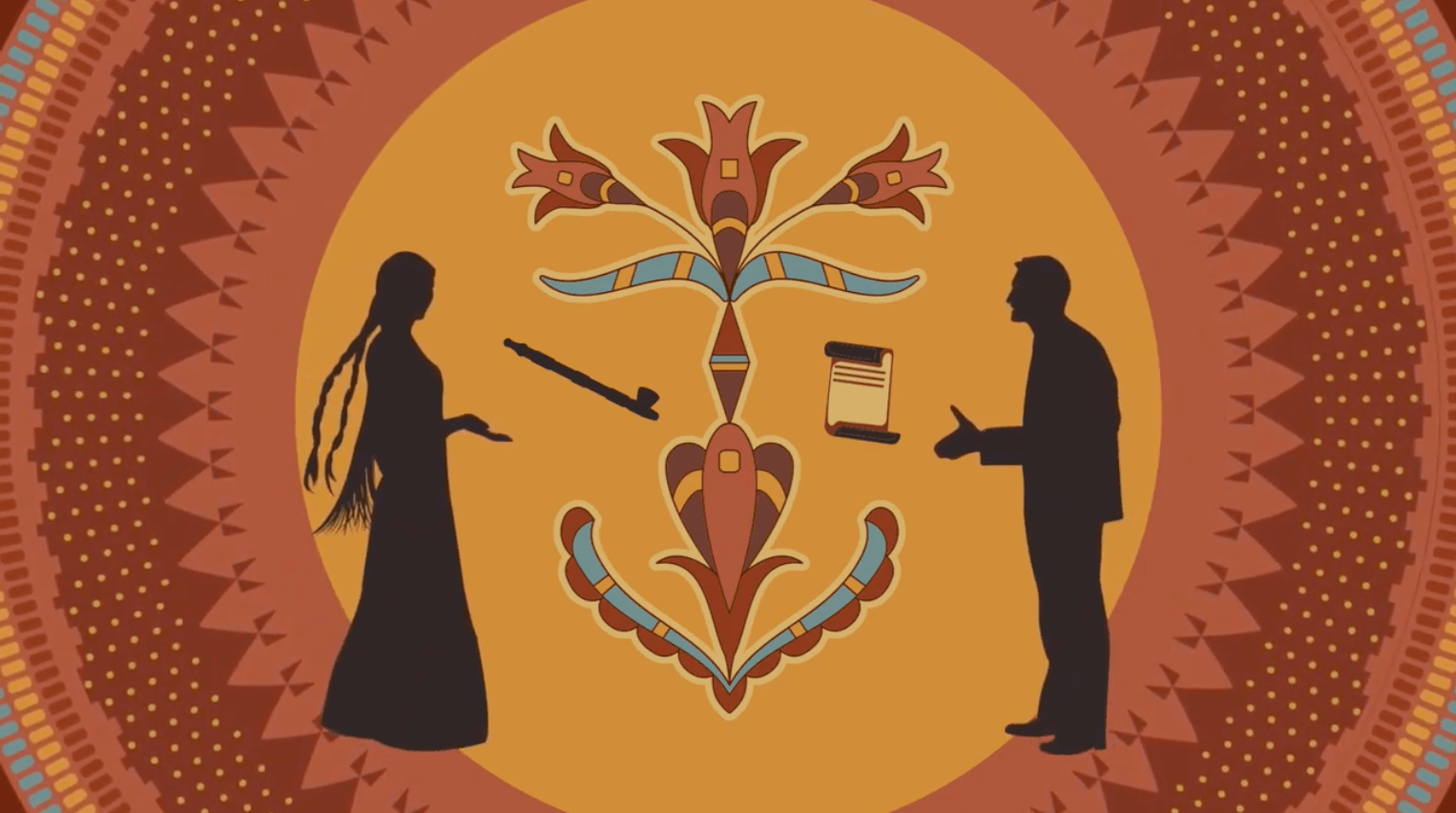Principles of Native Nation Rebuilding
Native nation rebuilding is about using Indigenous knowledge and values to solve modern-day problems in a way that makes sense to the nation.

The term rebuilding honors the fact that Native people and nations already have the tools they need to succeed. The rebuilding framework simply puts these tools into a common language. At its core, rebuilding is about using Indigenous knowledge and values to solve modern-day problems in a way that makes sense to the nation. It’s essential to differentiate between the Native nation rebuilding approach and the standard approach. The standard approach refers to an unstrategic, unempowered, rushed, and oftentimes unfair, way of solving problems. Changemakers working to implement Native nation rebuilding can draw upon their communities’ inherent strengths to overcome the standard approach and design a future that reflects Indigenous innovation and wisdom.
Standard Approach |
Nation Building Approach |
|---|---|
|
|
Native Nation Rebuilding Principles
The rebuilding framework provides guidance for both internal governance and external relationships through five interconnected principles. For Native nations to see results, the principles all need to exist at the same time.
Transformational Leadership
Definition: Leaders serve as visionaries, changemakers, and mobilizers.
Action: Leading with intention, conviction, and clear direction while ensuring the community is included.
Strong Governing Systems
Definition: Laws and policies are effective, clear, and fair.
Action: Establishing well-thought-out systems that include procedures, protocols, and policies. These systems ensure checks and balances for leadership and all citizens to support effective decision making.
Seventh Generation Thinking
Definition: Decision making is strategic and long-term.
Action: Creating a long-term plan and strategic legacy for a thriving community that addresses the needs of the people.
Cultural Match
Definition: Systems reflect Indigenous culture and values.
Action: Building systems, projects, initiatives, and plans around Indigenous culture and values to help create a foundation for a prosperous future.
Sovereignty
Definition: Native nations design and control their own future.
Action: Exercising Tribal sovereignty and practicing self-determination and self- governance. Native nations feel empowered to design and control their own future.
Many thanks to our sources: Rebuilding Native Nations – Strategies for Governance and Development and the Native Nations Institute.
Read more about Native nation rebuilding by downloading our guide using the button below.